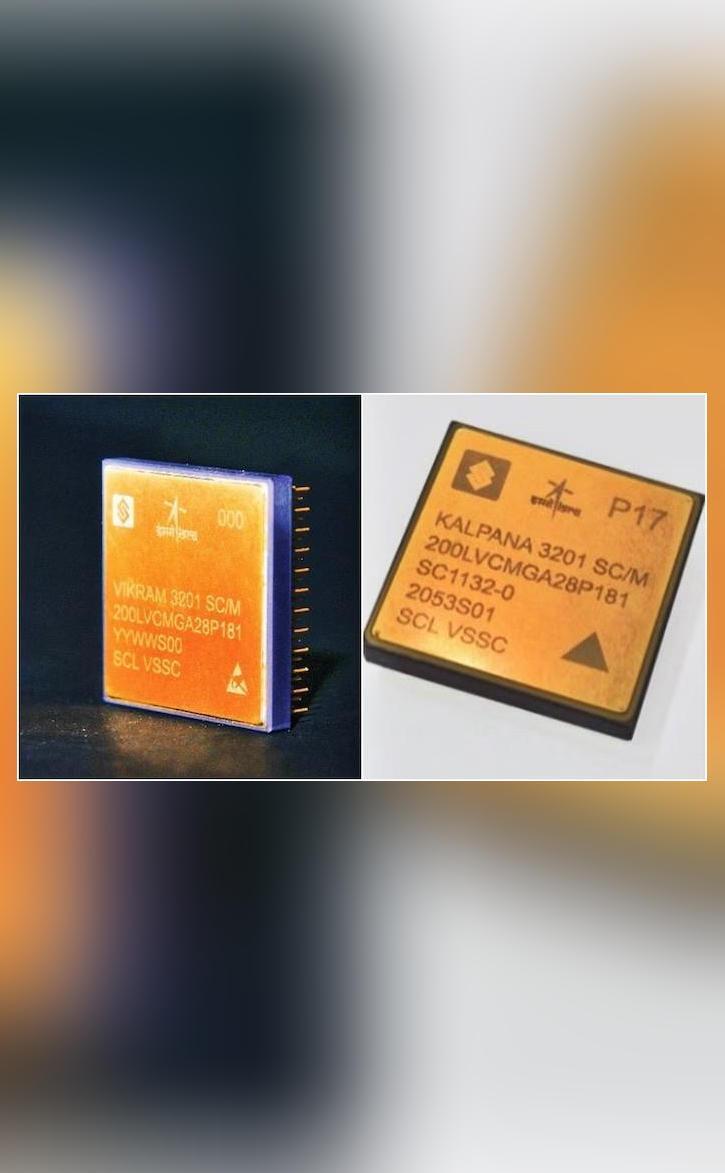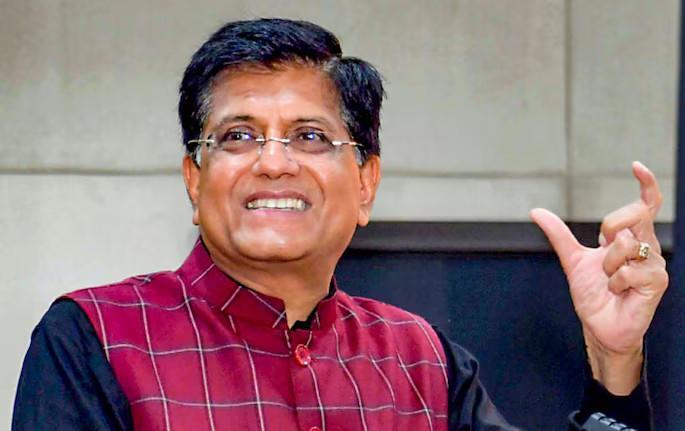
ISRO & SCL Develop 32-bit Microprocessors for Space Applications
The Indian Space Research Organisation (ISRO) and the Semiconductor Laboratory (SCL) in Chandigarh have made a significant breakthrough in the field of space technology by jointly developing two 32-bit microprocessors, VIKRAM3201 and KALPANA3201. These microprocessors have been specifically designed for space applications, marking a major milestone in India’s space exploration journey.
According to ISRO, VIKRAM3201 is the first fully “Make-in-India” 32-bit microprocessor that has been qualified for use in the harsh environmental conditions of launch vehicles. This achievement is a testament to the capabilities of Indian scientists and engineers, who have worked tirelessly to develop cutting-edge technology that can withstand the extreme conditions of space travel.
The VIKRAM3201 microprocessor is designed to operate in temperatures ranging from -25°C to 125°C, making it an ideal choice for use in launch vehicles, satellites, and other space-based systems. Its high-performance architecture and low-power consumption make it an attractive option for use in a wide range of space applications.
The KALPANA3201 microprocessor, on the other hand, is designed to operate in a broader range of temperatures, from -40°C to 150°C, making it suitable for use in extreme environments such as planetary exploration missions. Its high-reliability design and advanced error correction capabilities make it an ideal choice for use in critical space applications.
The development of these microprocessors is a significant achievement for ISRO and SCL, and it marks a major milestone in India’s journey to become a self-reliant space power. The use of indigenous microprocessors in Indian space missions will not only reduce dependence on foreign technology but also enable India to design and develop more complex space systems.
The VIKRAM3201 and KALPANA3201 microprocessors have been designed to meet the specific requirements of space applications, including radiation hardness, high-reliability design, and low-power consumption. Their development is a testament to the innovative capabilities of Indian scientists and engineers, who have worked tirelessly to overcome the challenges of developing technology for space exploration.
The use of indigenous microprocessors in Indian space missions will also enable the country to reduce its dependence on foreign technology and develop more complex space systems. This will not only enhance India’s capabilities in space exploration but also enable the country to play a more significant role in global space activities.
The development of these microprocessors is also expected to have a positive impact on the Indian electronics industry, which will benefit from the availability of indigenous technology. The use of local technology will also create new opportunities for Indian companies, which will be able to design and develop more complex electronic systems.
In conclusion, the development of VIKRAM3201 and KALPANA3201 microprocessors by ISRO and SCL is a significant achievement for India’s space program. These microprocessors have been designed to meet the specific requirements of space applications, and their development is a testament to the innovative capabilities of Indian scientists and engineers. The use of indigenous microprocessors in Indian space missions will enable the country to reduce its dependence on foreign technology and develop more complex space systems, marking a major milestone in India’s journey to become a self-reliant space power.






